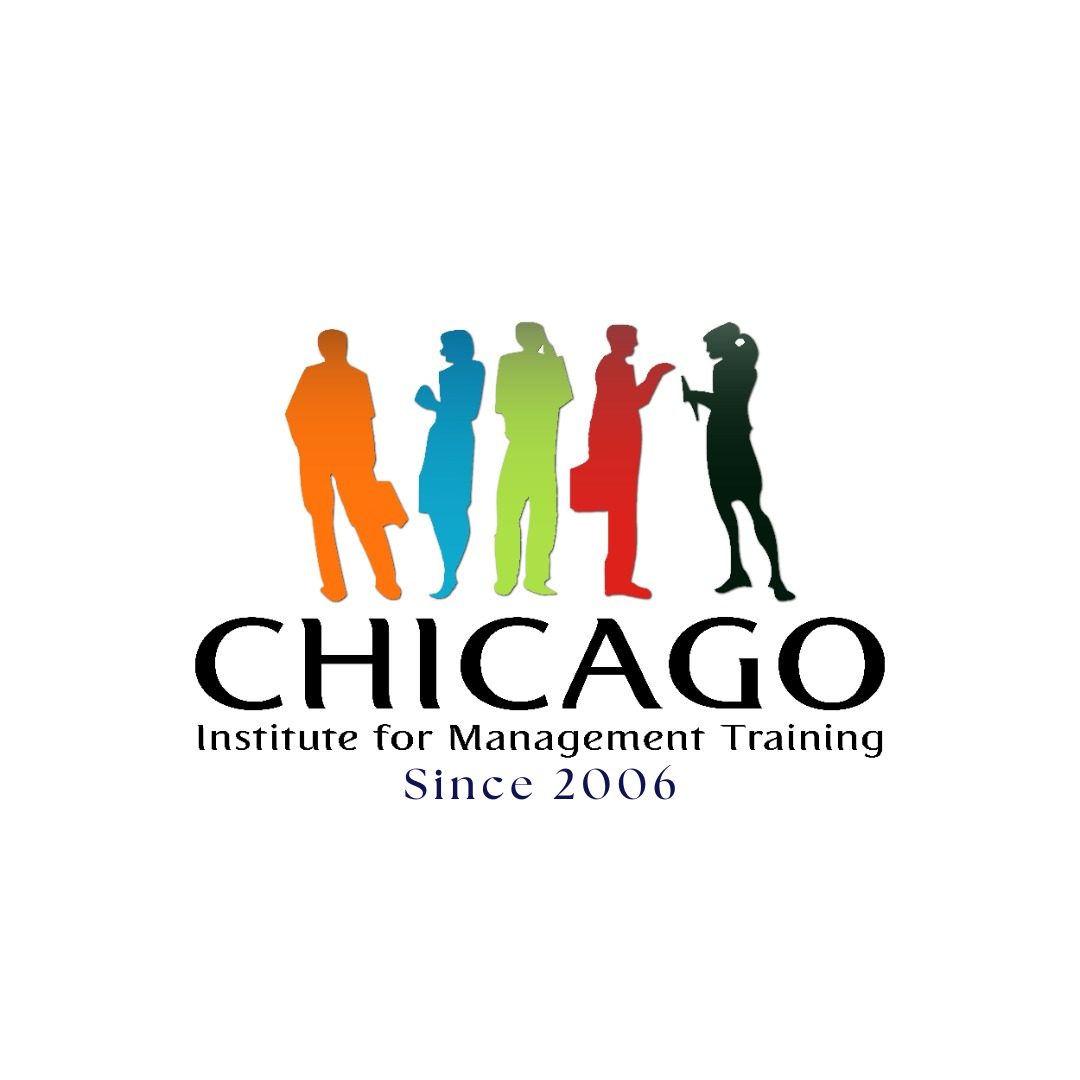Curriculum
- 4 Sections
- 18 Lessons
- 40 Hours
Expand all sectionsCollapse all sections
- Introduction to the WELL Building Standard2
- The 11 Performance Categories11
- 2.1Air: Strategies for improving air quality in built environments.
- 2.2Water: Best practices for ensuring safe and clean water sources.
- 2.3Nourishment: Focus on providing healthy food options and promoting better eating habits.
- 2.4Light: Importance of natural and artificial lighting on health and productivity.
- 2.5Movement: Encouraging physical activity and movement through building design.
- 2.6Thermal Comfort: Ensuring comfortable indoor temperatures for all building occupants.
- 2.7Sound: Reducing noise pollution and optimizing acoustics for well-being.
- 2.8Materials: Sustainable material choices that contribute to both health and environment.
- 2.9Mind: Creating spaces that support mental health and cognitive function.
- 2.10Community: Building environments that foster social interaction and community engagement.
- 2.11Innovation: Exploring new strategies and technologies to continuously improve building wellness.
- Implementing WELL Features2
- WELL AP Exam Preparation3
Requirements
- Open to professionals in architecture, design, health sciences, engineering, and project management.
- LEED or similar certification experience is beneficial but not required.
- Suitable for individuals passionate about health and wellness in the built environment.
Target audiences
- Architects, designers, and engineers.
- Sustainability and wellness consultants.
- Project managers and building owners.
- Health and wellness professionals interested in the built environment.
